10 Renewable Energy in Canada Statistics: Percentage & Production Rates
-
Shea Cummings
- Last updated:

Note: This article’s statistics come from third-party sources and do not represent the opinions of this website.
Maybe you thought that renewable energy was just a fad. That it was just the latest technology; here today and gone tomorrow. As you’ll see by the statistics we’ve gathered for you below, this “fad” is not going anywhere. In fact, Canada is one of the world leaders in all renewable energy sources and not slowing down anytime soon. They have some pretty lofty goals to achieve within the next 30 years.
Click below to jump ahead:
The 10 Renewable Energy Statistics in Canada
- 59.3% of Canada’s electricity is produced by moving water.
- Canada generated around 10% of the world’s hydroelectric power back in 2015.
- Over half of the Canadian provinces and territories rely on hydroelectric power for 89% to 95% of their power needs.
- 5% of Canada’s electricity production is from the wind.
- Wind, solar, and tidal energies are expected to grow to 12% of Canada’s total power generation by 2035.
- At the end of 2020, Canada was the 9th country in the world for wind energy capacity.
- As of 2015, solar power accounted for 0.5% of Canada’s overall power generation.
- 9% of Canada’s primary energy supply is from renewable energy sources.
- In 2021, Canada announced that they were investing $960 million into renewable energy and grid modernization projects.
- The projected growth for jobs in clean energy is 208,700 between 2020 and 2030

Hydroelectric Energy
1. 59.3% of Canada’s electricity is produced by moving water.
(NRCAN)
The natural flow of rivers creates kinetic power. This power is transformed into usable energy called hydroelectric energy. Creating energy this way is accomplished by building dams that funnel the flow of water into generating turbines. Because of Canada’s abundance of large rivers, over half of its electricity produced is hydroelectric.
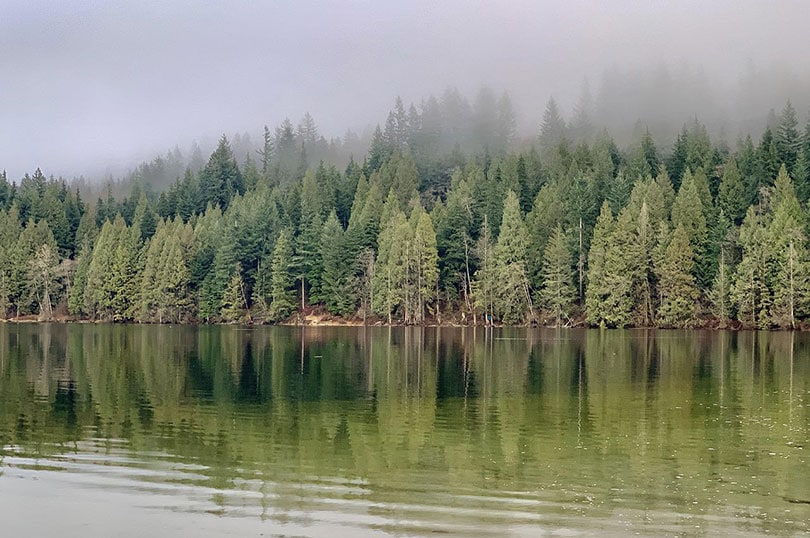
2. Canada generated around 10% of the world’s hydroelectric power back in 2015.
(CER)
The only country to outproduce Canada in hydroelectric power in 2015 was China. While 10% may not seem like a large amount, the fact that Canada produces a majority of its electricity with water is impressive. And there are only two countries in the entire world that have a higher proportion of hydroelectric power: Norway and Brazil. Remember that these are only the latest stats released from the Canadian Energy Regulator. As the demand for renewable energy grows, so will these percentages.
3. Over half of the Canadian provinces and territories rely on hydroelectric energy for 89% to 98% of their power needs.
(Trade Gov)
Each province and territory in Canada regulates its own electrical power. Over half of them rely almost entirely on using hydroelectric power. For example, 98% of the electricity generation in Quebec is from hydro. While six other provinces and territories rely on 89% to 95% hydroelectric power. Each year Canada is seeing a slight but steady increase in its hydroelectric demand.
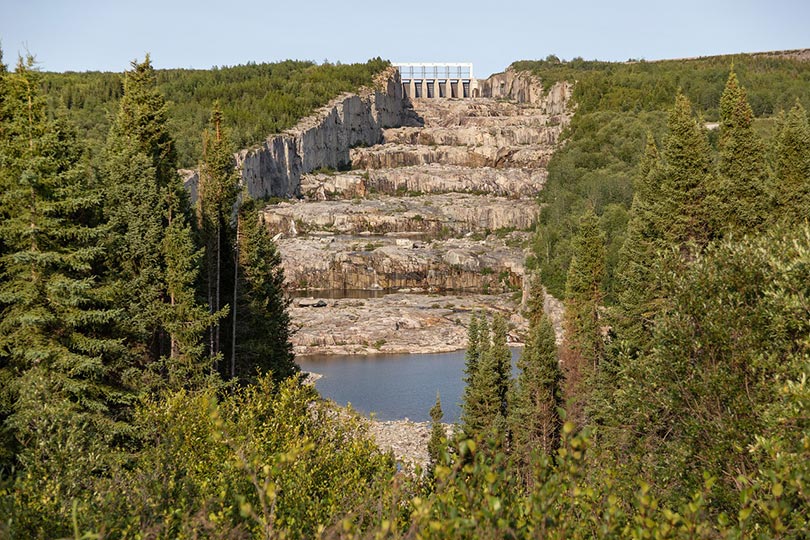
Wind and Solar Energy
4. 3.5% of Canada’s electricity production is from the wind.
(NRCAN)
Like water, wind also creates kinetic energy that can be transformed into electricity. Alberta, Ontario, and Quebec are the three leaders in wind energy in Canada. Because there are so many viable areas throughout these provinces to capture the wind’s kinetic power, this is a growing renewable energy. As of 2015, over 5,000 wind turbines were operating in Canada. Wind energy is expected to continue steady growth in coming years.
5. Wind, solar, and tidal energies are expected to grow to 12% of Canada’s total power generation by 2035.
(Trade Gov)
When people think of renewable energy, most will think of hydroelectric power. But wind, solar, and tidal waves are all growing sources too. As technology advances, we can tap into these different sources more efficiently and effectively. Canada has several goals surrounding renewable energy by 2035. One of them involves a decent jump in using these three sources.

6. At the end of 2020, Canada was the 9th country in the world for wind energy capacity.
(Renewable Association)
Given Canada’s goal to increase wind energy by 2035, they are well on their way to achieving this with the leaps they are making. In 2021 alone, Canada’s wind energy capacities increased by 5%. This has not only been accomplished by large wind farms, either. Many consumers are building their own energy sources to meet personal needs, which contributes to the overall amount of energy Canada is producing.
7. As of 2015, solar power accounted for 0.5% of Canada’s overall power generation.
(CER)
Canada isn’t the biggest generator of solar power. But no other countries in the world get a significant amount of their power from solar. Only four other countries get over 5% of their electricity from solar. However, this source is seeing a slight increase annually as more and more consumers decide to build their own solar power systems. In some places, the consumer actually sells their unused energy back to the provincial energy supplier.
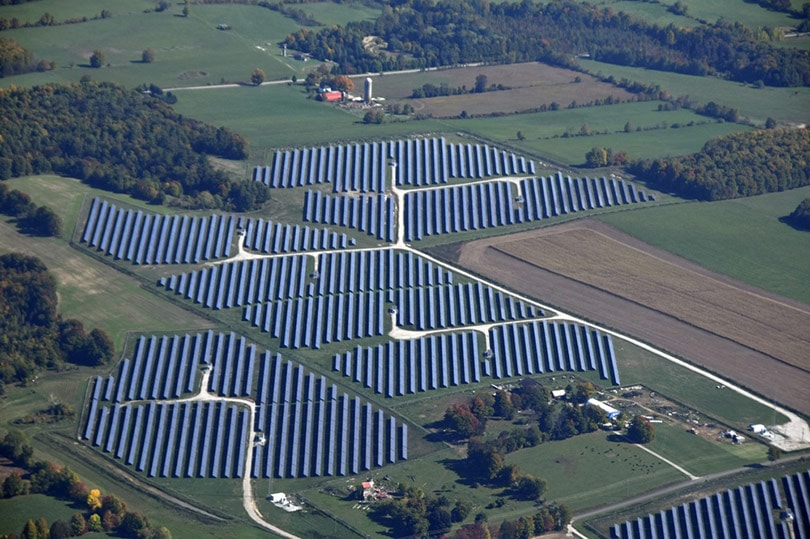
Present and Future Renewable Energy
8. 18.9% of Canada’s primary energy supply is from renewable energy sources.
(NRCAN)
Some of the percentages we’ve seen may not look impressive but make no mistake, Canada is one of the world leaders in renewable energy production. As we’ve seen, hydroelectric is the most common but wind and solar are both seeing steady growth. The diverse geography and expansive landmass are two main contributing factors to Canada’s renewable energy growth.
9. In 2021, Canada announced that they were investing $960 million into renewable energy and grid modernization projects.
(Canada Gov)
Last year, Canada announced this massive injection of funds into building their renewable energy production. The goal is to invest in clean, renewable energy and reduce emissions as well. By 2050 Canada’s goal is to reach net-zero emissions. Investing in these clean power technologies is a clear path to achieving that goal. This is not just a federal thing but an interprovincial team effort.
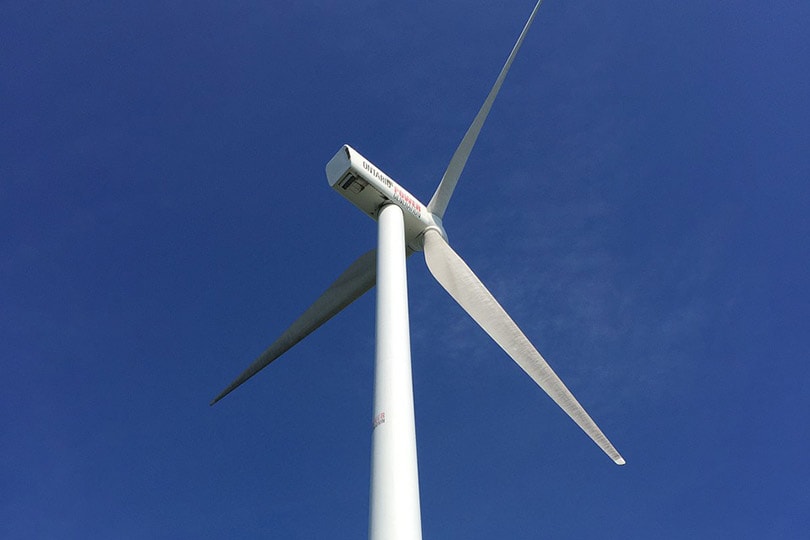
10. The projected growth for jobs in clean energy is 208,700 between 2020 and 2030
(Clean Energy Canada)
Many people think about the oil and gas industry as a Canadian Staple. And it’s true; the oil and gas sector is not going anywhere because there will always be a demand for fossil fuels. However, the projected growth for clean energy jobs in the next eight years is massive. What some people may have thought was just a fad at one time is proving to be the way of the future. On the other hand, oil and gas jobs will take a significant hit of over 125 thousand jobs.
Frequently Asked Questions About Renewable Energy in Canada
Will renewable energy completely replace oil and natural gas?
It’s hard to imagine a world without oil and gas. But the fact is, clean, renewable energy is the way of the future. With that being said, as mankind grows, so does our energy demand. As wonderful as clean energy is, it can’t keep up entirely with the demand. So, there will always be a need for fossil fuels. (CAPP)
What are the advantages of renewable energy?
The obvious advantage of renewable energy is that it won’t run out. Also, most renewable energies are reliable—rivers don’t stop flowing, and the wind doesn’t stop blowing. A third advantage is the number of jobs it’s creating as it grows. These are only a few of the many benefits of renewable energy. (Greenmatch)
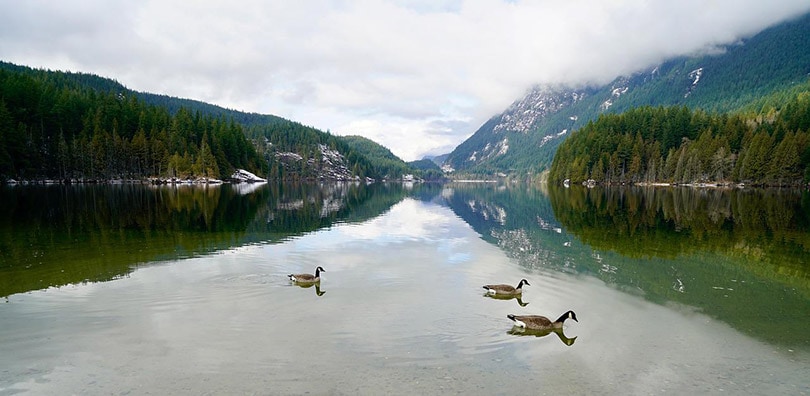
Is renewable energy pollution-free?
When it comes to air pollution, wind, solar, and hydroelectric produce no emissions. Geothermal and biomass systems do create some emissions. However, they are far less than those of coal or natural gas power plants. There is also no water pollution with most renewable energies. But hydroelectric dams do disrupt river ecosystems which can be a negative. (UCS)
- See Also: 10 Car Pollution Statistics
Is renewable energy cheaper?
Often we assume that new or advanced technologies would be more expensive. But this is not the case with renewable energy. Because of a global effort to encourage the use of clean energy, the prices of these energies have dropped dramatically. In 2019, Forbes wrote a report showing that renewable energy was one of the cheapest energies in the world—even without subsidies. (Forbes)
Conclusion
There’s no need to sell your gas-powered vehicle and jump on the electric car bandwagon yet. There is still a place for fossil fuels. However, it’s worth looking to the future and seeing that there will be a focus on clean, renewable energy. If we’re being honest, it’s a good focus to have. Let’s leave a better earth for our children and grandchildren.
- Related Read: Water Pollution Facts and Statistics in Canada
Featured Image Credit: Beetle, Pixabay
Contents

